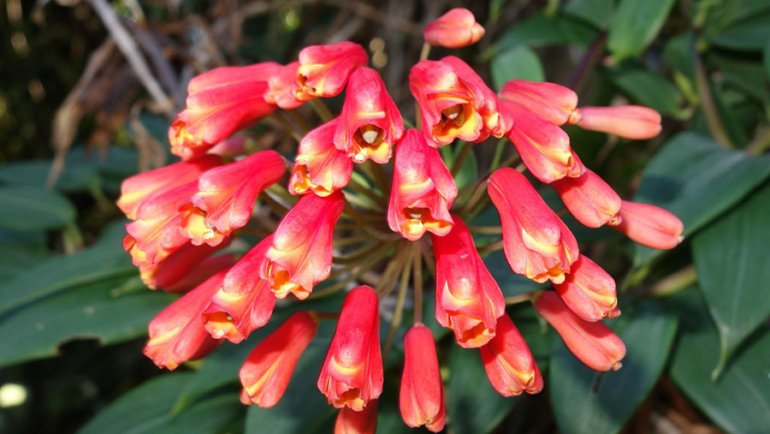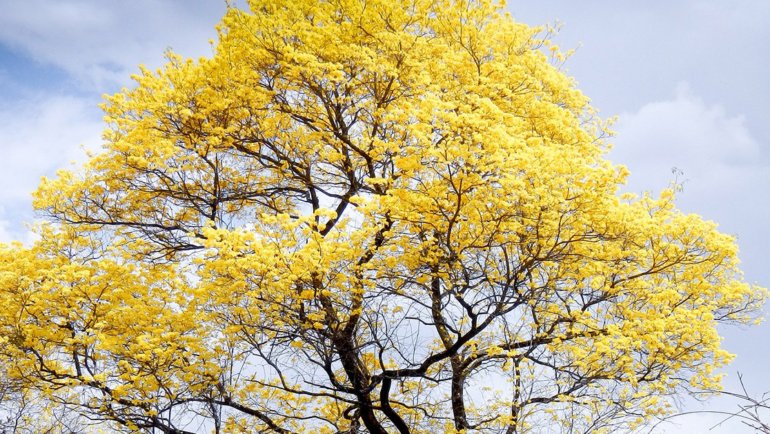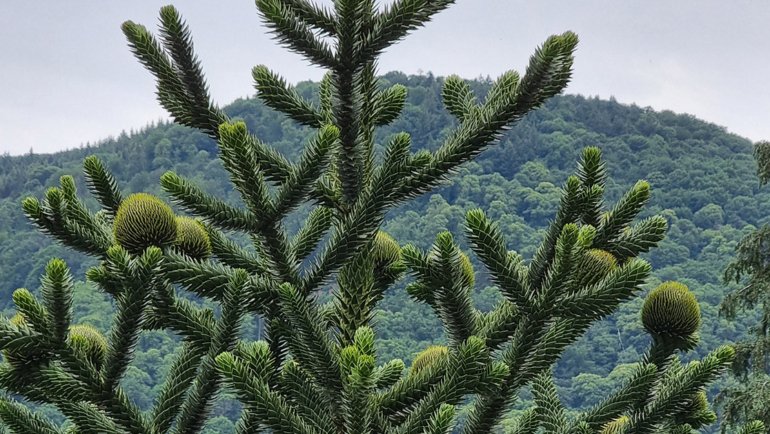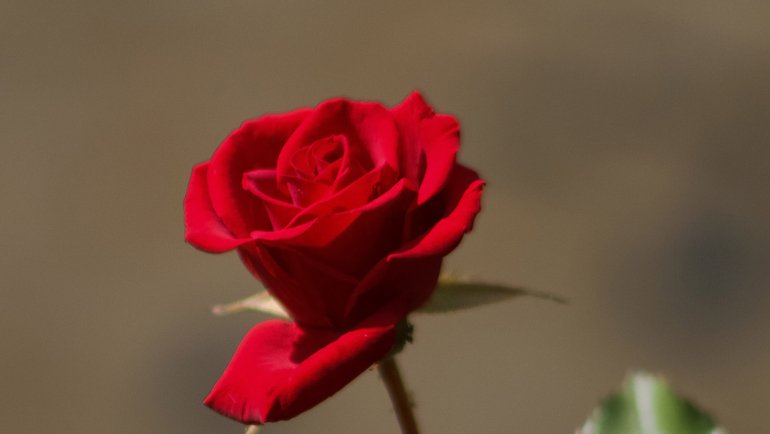Ah, Costa Rica! A land of lush rainforests, roaring volcanoes, and stunning coastlines. But have you ever heard the melodic calls of the clay-colored thrush echoing through the trees?
Not only is this songbird the national bird of Costa Rica, but it also holds a little-known secret: it’s a master of vocal mimicry, capable of imitating other birds and even mechanical sounds! Intrigued? Read on to discover more about this fascinating avian icon of Costa Rica.
Quick Info About The Clay-Colored Thrush
| Scientific Name: | Turdus grayi |
| Average Size: | 9-11 inches (23-28 cm) |
| Average Wingspan: | 13-15 inches (33-38 cm) |
| Average Weight: | 2.1–3.2 oz (60-90 grams) |
| Average Lifespan: | Up to 10 years |
| Geographical Range: | Southern Mexico to western Panama |
| Habitat: | Forest edges, gardens, and open areas |
| Conservation Status: | Least Concern (IUCN Red List) |
Meet The Clay-Colored Thrush, National Bird of Costa Rica
At first glance, the clay-colored thrush might not seem like anything extraordinary with its earthy, brown plumage. However, this apparent simplicity belies a bird of immense vocal complexity and regional importance. There’s no sexual dimorphism in this species, which means both males and females look alike.
The clay-colored thrush plays an essential role in the ecosystem by helping control insect populations. It primarily feeds on fruits, berries, and insects.
On the other side of the food chain, the thrush has few natural predators, although eggs and young thrushes are susceptible to predation from snakes and larger birds. Their nests, often constructed on human-made structures or low tree branches, reflect the bird’s adaptability to varied environments.
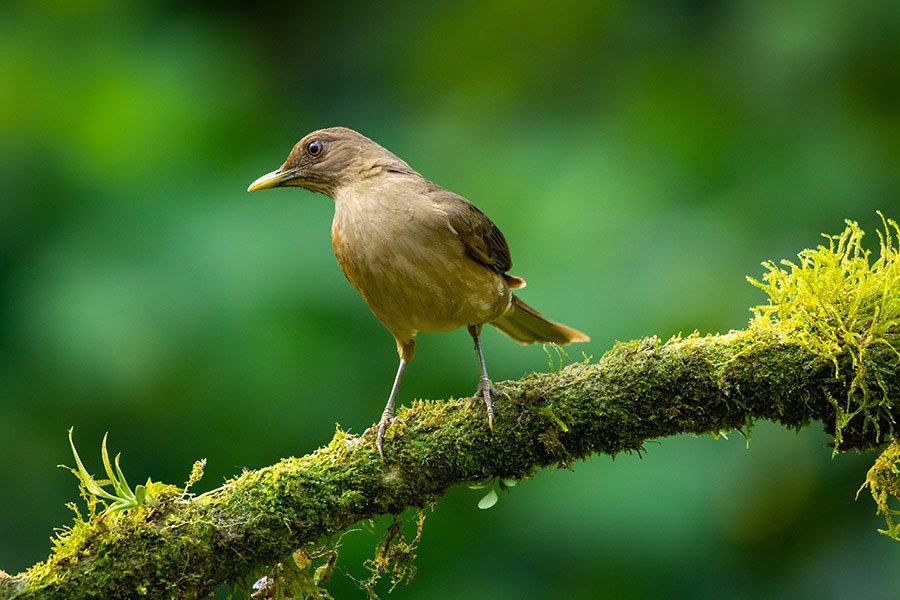
Where Does The Clay-Colored Thrush Live?
The clay-colored thrush is primarily found in the lowlands of Costa Rica, although its range extends from southern Mexico down to western Panama. It’s a highly adaptable bird that feels equally at home in forests, gardens, and even urban settings.
The tropical climate of Costa Rica provides the ideal conditions for the thrush, where the rainy and dry seasons offer an abundance of food and nesting opportunities.
Why and When Did The Clay-Colored Thrush Become The National Bird of Costa Rica?
The clay-colored thrush was officially declared the national bird of Costa Rica in 1977. Unlike other countries that often select vibrant and rare species as their national symbols, Costa Rica chose a bird that is both common and deeply rooted in the daily lives of its people. The thrush’s melodious song announces the start of the green season, making it an emblem of renewal and fertility.
In Costa Rican folklore, the bird symbolizes peace and simplicity, qualities that are highly valued in the country’s culture. Moreover, its ability to thrive in diverse habitats reflects Costa Rica’s focus on biodiversity and environmental conservation.
There haven’t been notable controversies or debates concerning the bird’s status as a national symbol, perhaps because of its widespread acceptance and cultural significance.

Where is The Clay-Colored Thrush Featured in Costa Rica?
While the clay-colored thrush isn’t featured on the national flag or banknotes, its presence is felt in the arts and literature of the country.
Many Costa Rican poets and musicians reference the bird’s song in their works, elevating its status as a cultural icon. Additionally, the bird is often a subject of local art and crafts, symbolizing Costa Rican wildlife and the natural beauty of the country.
With its far-reaching cultural impact, the clay-colored thrush is more than just a bird; it’s a symbol of Costa Rica’s values, heritage, and commitment to environmental stewardship.
Names of The Clay-Colored Thrush
The scientific name of the clay-colored thrush is Turdus grayi. In Costa Rica, the bird is commonly known as the “Yigüirro,” a name derived from indigenous languages. In other parts of its range, like Mexico, it is often referred to as the “Clarín Jilguero.”
No synonyms exist for its scientific name, but the bird is sometimes called the clay-colored robin, owing to its resemblance to the American Robin.
Is The Clay-Colored Thrush Endangered?
According to the IUCN Red List of Threatened Species, the clay-colored thrush is categorized as “Least Concern,” meaning that it is not currently at risk of extinction.
The bird’s adaptability to a variety of habitats, including human-altered environments like agricultural lands and urban areas, has likely contributed to its stable population. However, like many wildlife species, it faces threats from habitat destruction due to deforestation and pollution.
Costa Rica, being a global leader in conservation, has multiple national parks and protected areas where the clay-colored thrush can thrive. Environmental NGOs and community initiatives also contribute to its conservation through educational programs and habitat restoration projects.
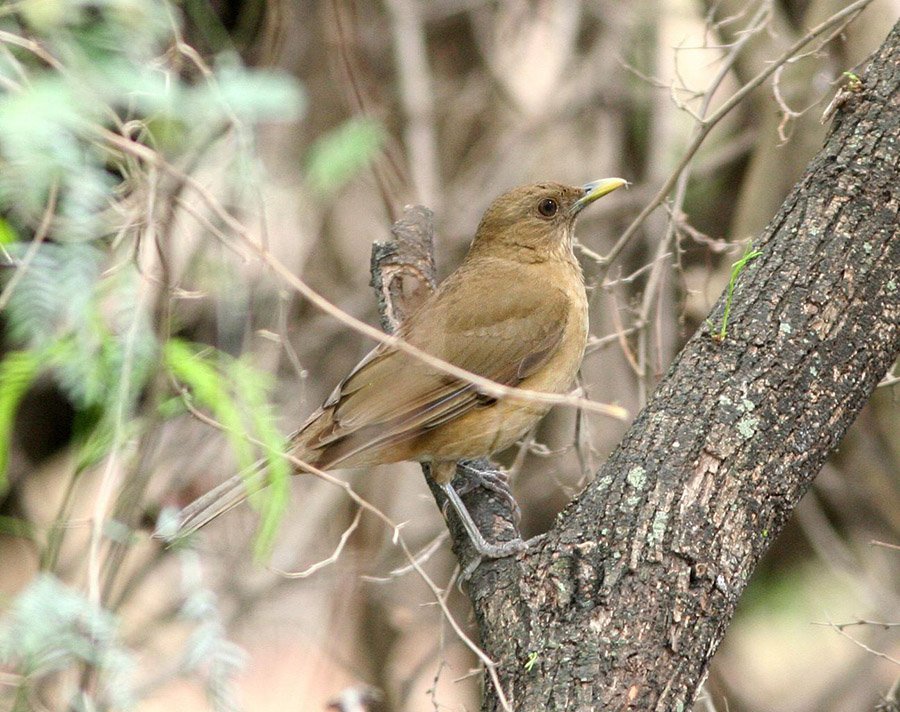
Interesting Facts About The Clay-Colored Thrush
- Melodious Songs: The song of the clay-colored thrush is considered one of the most melodious among Costa Rican birds, signaling the arrival of the rainy season and capturing the essence of the country’s lush landscape.
- Cultural Importance: The bird is deeply entrenched in Costa Rican folklore and is often featured in poetry and music.
- Parenting Skills: Both male and female thrushes participate in nesting and feeding the young, showcasing an unusual level of shared parental responsibility in the bird world.
- Adaptability: It’s one of the few bird species that has adapted well to human settlements, often seen foraging in gardens and even busy streets.
- Diverse Diet: The clay-colored thrush has a diverse diet that includes insects, fruits, and occasionally, small reptiles, highlighting its role as a generalist in the ecosystem.
- Symbiotic Relationships: The clay-colored thrush often follows larger animals like cattle to forage for insects disturbed by their movement, indicating a commensal relationship where the bird benefits without causing harm to the other organism.
Other Beautiful Birds Native To Costa Rica
- Resplendent Quetzal (Pharomachrus mocinno): Known for its striking green and red plumage and elongated tail feathers, this bird is a sight to behold. It is most commonly found in the cloud forests of Costa Rica.
- Scarlet Macaw (Ara macao): With its vivid red, blue, and yellow feathers, the Scarlet Macaw is one of Costa Rica’s most iconic and colorful birds.
- Keel-billed Toucan (Ramphastos sulfuratus): Famous for its large, multicolored beak, this toucan species is another staple of Costa Rican wildlife.
- Black-headed Trogon (Trogon melanocephalus): This bird is known for its stunning contrast of green and yellow plumage and is commonly found in tropical forests.
- Blue-crowned Motmot (Momotus momota): Recognizable by its unique tail feathers and striking colors, the Blue-crowned Motmot is a frequent sight in various Costa Rican habitats.
What Is Another National Animal of Costa Rica?
The sloth is another national symbol of Costa Rica. It symbolizes the natural richness of the country and also holds significance in local mythology and folklore. It is mostly found in the cloud forests and national parks, and like the clay-colored thrush, it is a subject of various conservation programs in the country.
Frequently Asked Questions
Why was the clay-colored thrush chosen as the national bird instead of more colorful birds like the Resplendent Quetzal or Scarlet Macaw?
The clay-colored thrush was chosen as the national bird of Costa Rica because of its widespread presence throughout the country and its melodious song that heralds the arrival of the rainy season. Its cultural and ecological significance outweighed its less vibrant appearance.
Can I find the clay-colored thrush throughout the year in Costa Rica?
Yes, the clay-colored thrush is a resident species in Costa Rica and can be found throughout the year.
What does the song of the clay-colored thrush sound like?
The song of the clay-colored thrush is a series of melodious whistles and notes that vary in pitch and length. It is often heard at the beginning of the rainy season and is considered a symbol of fertility and renewal.
Is it illegal to capture or harm the clay-colored thrush in Costa Rica?
Yes, like many other native species, the clay-colored thrush is protected under Costa Rican law, and capturing or harming it is illegal.
How does the clay-colored thrush relate to Costa Rican culture?
The bird holds a special place in Costa Rican culture and is often featured in songs, stories, and folklore. Its song is considered a herald of the upcoming rainy season, and thus it is associated with fertility and renewal.
